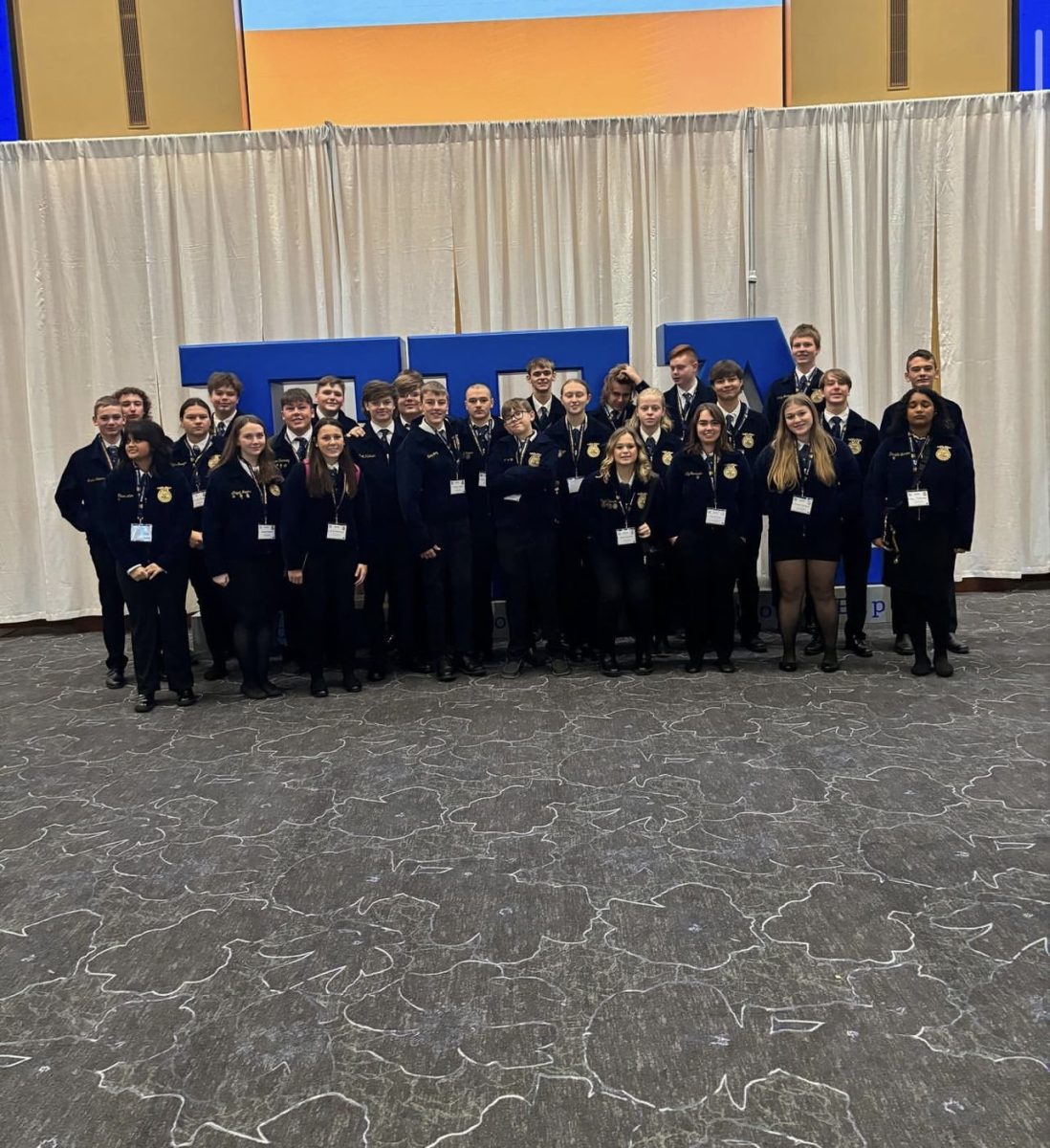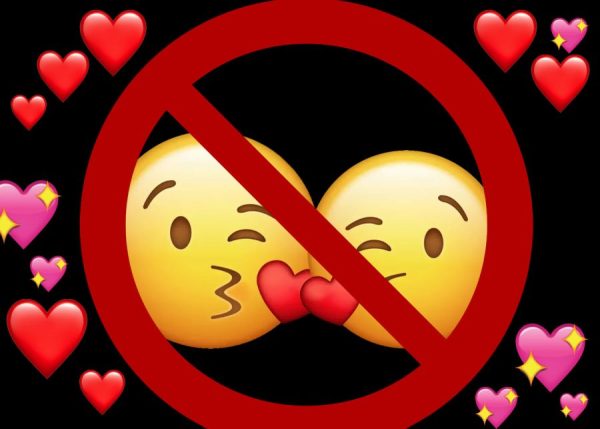Fires in the Amazon pose significant problems
Covering over two million miles of land, the Amazon rainforest stands as the largest tropical forest on the planet. As of Friday, Sept. 6th, the Amazon rainforest is on fire. According to the National Institute for Space Research in Brazil, there have been over 74,000 fires in the Amazon this year, which is 84% more than the reported fires in 2018. These continual fires have been started by a plethora of different things, but it doesn’t help that August is the dry season. The most recent round of fires were deliberate and man-made. The majority of the arsonists were farmers, with agricultural gains in mind. They hoped that burning down some of the forest would clear the way for “much needed farmland” in Brazil. Their plan was a bit parasitical in nature, and injurious to not only the Amazon but to all ecosystems of Earth as well.
Many people are worried about the impending greenhouse gas emissions problem, and the role that the Amazon rainforest plays in the grand scheme of things. Being the biggest rainforest in the world, it’s no surprise that the Amazon helps to drastically reduce CO2 emissions into the atmosphere. The accelerated growth rates of the plants in the forest produce oxygen to counteract some of the effects of CO2 that are present around the globe. At a time where the world is desperate for more trees to soak up carbon emissions to save our climate, the rainforest is being destroyed.

The rate of wildfires in the Amazon are increasing due to many different environmental factors.
Thankfully, reports claiming that the Amazon fires will result in a drastic drop in oxygen levels around the globe are incorrect. The Amazon does not produce 20% of the Earth’s oxygen. According to an ecologist at the University of Oxford who specializes in studies about the Amazon rainforest, Yadvindr Malhi, the Amazon produces roughly 6 to 9% of the oxygen in the world. Yes, oxygen levels will fall – but not to a level where humans would be in jeopardy. Oxygen for the Earth comes from many different places, but it predominantly comes from phytoplankton, who’ve been producing oxygen for millions and millions of years. They live in the sea, and they are one of the contributing factors of the Earth’s oxygen.
So, the question stands: why should anyone care about the Amazon rainforest’s potential demise? The Amazon covers land in roughly nine countries: Brazil, Peru, French Guiana, Guyana, Venezuela, Ecuador, Colombia, Bolivia, and Suriname. The World Wildlife Fund claims it accounts for almost half of the world’s remaining tropical forests. There are over one million indigenous people who make their homes in the Amazon. Do any of these facts jolt your sense of empathy? Do you have even an ounce of compassion in your heart for the people losing their homes, livelihoods, or their sense of belonging?
If not, let’s look at the analytics of the situation: there are copious amounts of carbon stored in the Amazon. The biomass and soil of the Amazon contains roughly 150-200 metric gigatons of carbon. The carbon is held not only in its biomass, but it’s also is a big part of its rich soil. It is one of the largest carbon pools that is an ecosystem on Earth. If the rain-forest is desiccated, the carbon would release into the atmosphere, and copious amounts of green-house gasses would infiltrate the air, leading to disastrous effects for not only the Amazon, but life as we know it. Considering it’s such a species-rich area, the stores of carbon influence the climate locally and globally. Not only that, but the Amazon is nearly unrivaled in its biodiversity of species and life. Live Science claims that the Amazon alone is home to over 10% of the Earth’s species. The Amazon has gone through over three million years of evolution, and I think it deserves to go through at least a million more. All of the species there are unique and deserve to be preserved and protected.
Solutions have been posed for this daunting rescue mission, but nothing is set in stone. The G-7 Summit leaders met and negotiated out $22 million to help combat the fires. This offer may not even be accepted by the president of Brazil, due to a dispute between him and the French president. The president of Brazil has deployed Brazilian troops to prevent the fires from spreading and to possibly extinguish fires wherever they can.
The Amazon is in danger. Only humans hold the tools to rescue, prevent, and stop this disaster from continuing. We need to come together as one and join in the mission of rescuing Earth from imminent doom. The problem spans far beyond the Amazon rain-forest, this goes for all climate issues that are occurring now. We are approaching a point of no return, and what we do now is critical to the shaping of the future. The Amazon is a breathtaking, perplexing, and unique ecosystem that could potentially be wiped out for good.
Scientists say that a tipping point is approaching for the Amazon—either it grows back and returns to being the amazing gift of life that it once was, or it will degrade irreversibly into a dry Savannah. I impart unto you one simple question: how much do you care?
If you want to learn more about what you can do to save the Amazon, click here.
If you want to know more about the statistical side and reasons why this is occurring, click here

Elizabeth is excited to be a returning for her second year of Parnassus. She is a senior at Delphi Community High School. She loves walking her dogs, watching...






















